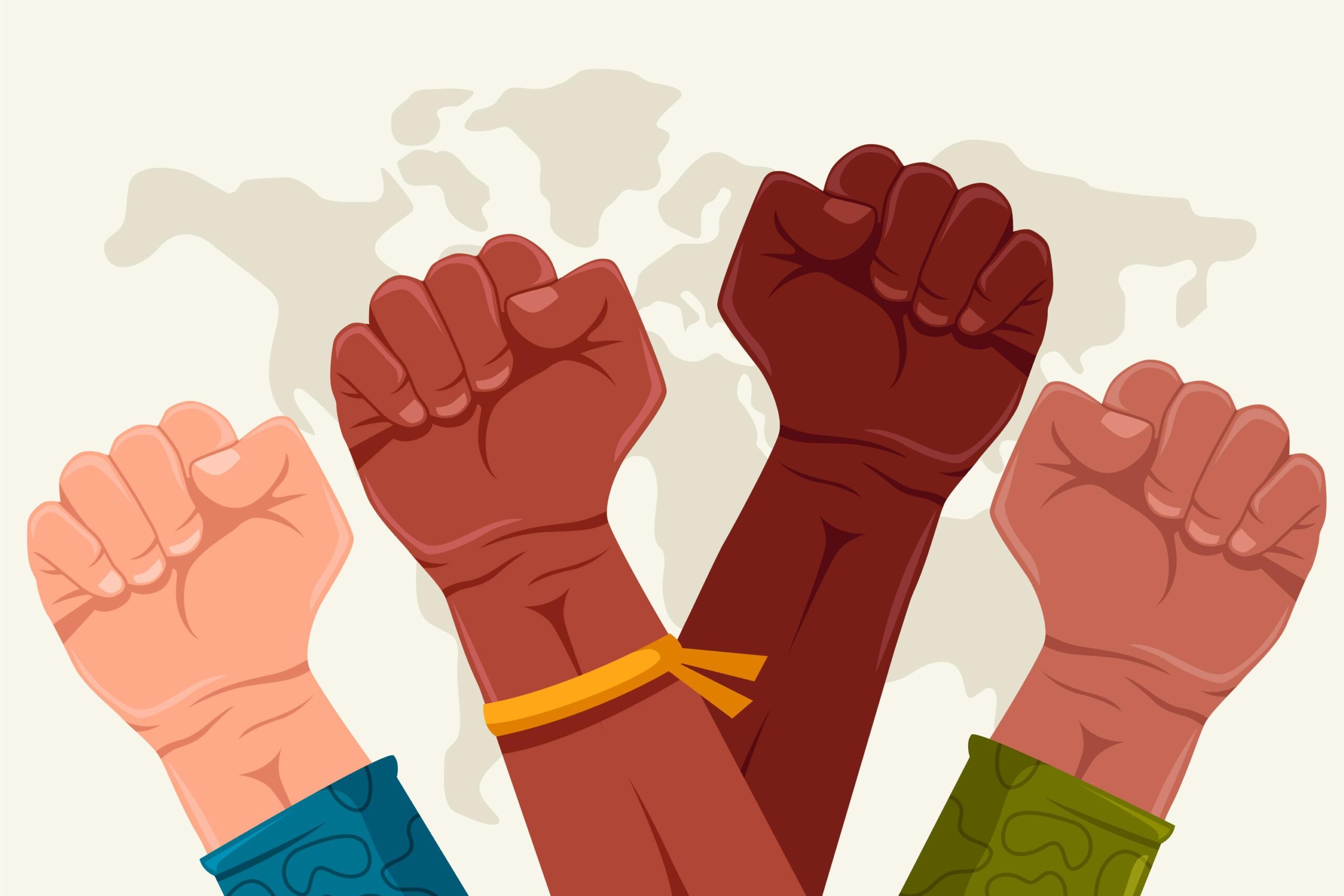
In 1954, the Supreme Court ruled in Brown that segregated schools violated the Constitution’s Equal Protection Clause. The decision combined several class action lawsuits filed by the NAACP, including Briggs v Elliott, Davis v Gebhart, and Bolling v Belton.
Southern newspapers slammed the decision, and many Southern politicians signed the Southern Manifesto, calling for resistance to forced desegregation.
Table of Contents
The Case
The case of Brown began when Oliver Brown, the father of a young black girl in Topeka, Kansas, was told that she could not attend the nearby all-white elementary school. Instead, he would have to drive his daughter to a segregated school in another neighborhood or bus her to a far-away all-black one. The family hired NAACP Legal Defense and Education Fund attorney Thurgood Marshall to file a federal lawsuit against the school district.
The Supreme Court decided to hear the case. In 1954, Brown v Board of Education ruled that separate schools were “inherently unequal,” this action goes against the Equal Protection Clause of the Fourteenth Amendment. It overturned the 1896 Plessy v Ferguson decision that allowed racial separation in public facilities, such as buses and movie theaters, as long as they were equal.
Although it seemed like a monumental victory, the Supreme Court’s Brown decision was limited in scope. It did not declare all segregation unconstitutional or set a timetable for desegregating schools. However, it established that a law banning segregation would be constitutional.
The Supreme Court reargued the case a year later, but it was not until 1956 that the justices reached a consensus on a unanimous decision. The majority opinion, written by Associate Justice Felix Frankfurter, held that the “original understanding of the Fourteenth Amendment was not to permit any state to forbid segregation of facilities and thereby to foreclose the equalizing opportunity guaranteed by the Fourteenth Amendment.” Frankfurter was known for his judicial restraint philosophy, which held that rulings should be based on existing laws rather than personal or political considerations.
The Court’s Decision
The Supreme Court agreed that racial segregation violated the Constitution. But they were not unanimous in their opinion. Justice Fred M. Vinson argued that the Court should not strike down Plessy and that the Court should let states decide how to desegregate schools.
In addition to a powerful argument from Marshall, the civil rights attorneys brought forward cases consolidated with Brown into a single case.
The other justices sided with Marshall. It was a significant victory, but the fight wasn’t over. Civil rights activists were convinced that the only way to end school segregation was to get a unanimous decision. So they spent considerable effort urging the justices who planned to dissent from a unanimous decision to change their minds. It took another five months, but new Chief Justice Earl Warren pushed the justices to a unanimous verdict in favor of desegregation.
The Backlash
The Supreme Court’s Brown decision, in essence, overturned Plessy and declared that segregated schools were unconstitutional. These radically altered legal policies established by Jim Crow laws in everything from schools to drinking fountains to witness stands in courtrooms.
However, even after Brown, school segregation did not immediately end. The backlash from a combination of factors partly explains this.
Klarman believes that the election of die-hard segregationists in the years following Brown pushed back integration efforts. He cites examples of white Southern newspapers that denounced the Brown decision and called for Southern states to ‘resist forced integration by any means necessary.’
Moreover, a significant factor in segregation’s persistence was the refusal by many schools to comply with the Brown decision. Instead, they chose to implement a different solution that was aided by the Supreme Court’s later ruling in Brown II, which allowed districts to delay desegregation for as long as it took to ensure the safety of their students.
Lastly, segregation was also assisted by many black teachers willing to go along with the system. They feared losing their jobs if they joined the movement for equality. As a result, schools in the South that served African Americans had to close, and the best teachers were fired. This has had lasting repercussions for the academic success of Black children today.
The Movement
Although Brown v Board of Education shaped the Civil Rights Movement, it did not end legal segregation. Many school districts in the South continued to delay desegregation indefinitely. This was made possible by the Supreme Court’s ruling in Brown II, which allowed local conditions to be considered when implementing Brown. Despite this, the NAACP continued to attack segregation through litigation. In addition to filing lawsuits, the NAACP formed local chapters encouraging African Americans to join their movement.
As a result of the NAACP’s work, five class-action school segregation suits were consolidated for review in 1952.
In these cases, the plaintiffs claimed that separate school systems violated the Equal Protection Clause of the Fourteenth Amendment. However, U.S. district courts decided against the plaintiffs in each case, citing Plessy and arguing that segregation often produced equality because the educational facilities offered to blacks were similar to those of whites. The Supreme Court, however, ruled in 1954 that segregation violated the Constitution because it was inherently unequal.



